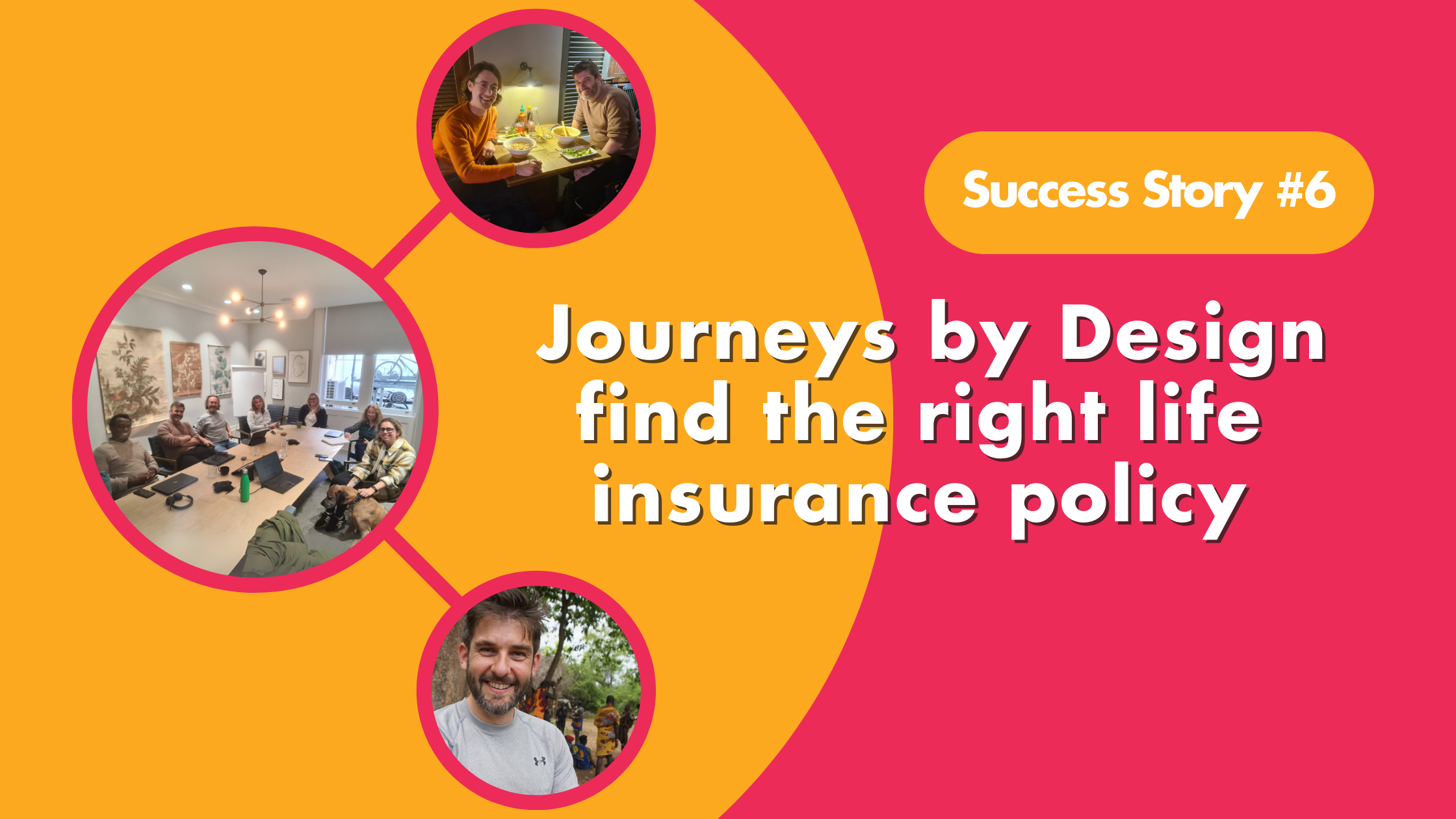Ten top tips to help you connect with your people and get them excited about being part of your business. Employee engagement is all about building a team who love coming to work and feel motivated to give your business 110% every day.
Here are a few tried and tested tips to help you get build an enthusiastic and engaged workforce
Think with a business head
Work isn’t a social club. However, if you’ve got people who love being at the office, you’ll see an improvement in their performance levels and a rise in customer satisfaction alongside a drop in staff absence and turnover. This will all lead to improved efficiency and bigger profit margins.
What do you really want?
To know where to start, you really need to know where you want to end up. What would you really like to see in the office when you walk in each morning? What would your business look like if every member of staff was totally engaged? How would things differ from the current state of play? Having an ideal in place will give you something to aim and plan for.
Where are you heading?
If you know where you want to be in terms of employee engagement you need to set some targets, so you can measure your success. It’s something you need all your leadership to buy into, so you can steer your progress together. It may take time to make this shift, but it’ll be easier if you have support and a clear idea where you’re going.
Create a sense of purpose
Make staff engagement part of your company’s purpose and vision. Take time to share this with your team so they see the value you place of them within the wider purpose for the organization. Make sure you show how you intend to put your vision into practice.
Walking the walk
Put some really practical steps in place to help your staff feel involved and valued. Think about your line management system- how can you improve it? What potential for training and career development do you have? What commitment is your company showing to staff wellbeing? How are you supporting equal opportunities and a positive work/life balance?
Listen, listen, listen
Listen to what your people have to say. Build feedback sessions into your calendar to hear what your employees like and don’t like about their work. Whilst the sessions can be quite informal, make sure you follow up any suggestions and feedback the changes you’ve made as a result. People want to know you’re paying more than just lip service to them, otherwise it’s just waste of everyone’s time.
Keep the conversation going
Good two-way communication is central to any relationship, including the one you have with your staff. Once you’ve launched your employee engagement strategy, don’t just file it away; live by it. Make dialogue with your people part of what you do. Tell them about major developments and ask for their input into decisions that will affect them and their work. If people feel ownership over their jobs, then they’ll be more committed to fulfilling them to the very best of their ability.
Get alongside your staff
Research shows that staff who have a personal development plan, and have received a formal performance appraisal within the past year, are much more engaged than those who have not. Make this part of what you do. Staff need to know you are committed to helping them develop their own skills and talents. If you’re not prepared to invest in them, they’re likely to find an employer who is.
Think Flexibly
You want your staff to be totally engaged in their work, but you need to realize that they have a life outside the office too. Think about offering flexible working and other ways you can ease the pressure on their time with medical and dental insurance.
Plan for the unexpected
To show you really care about your staff, you need to go the extra mile. Sometimes this means talking about the things that no one really like to – like illness and even death. By taking out Group Life Insurance, Group Income Protection etc. you can show your staff that you’re thinking about the big-picture and you see them as a vital asset of your organization.
Change won’t happen over night, and it’s important to remember that no organization is perfect. But you’ll certainly see an improvement as you strive to get the best out of your staff.
Author

Author: Charlie Cousins
Founder and Director of Hooray Health & Protection, Charlie Cousins has enjoyed a career in the insurance and financial services industry spanning over the last ten years.








![_HPA24 Advice Firm of the Year [YELLOW] _HPA24 Advice Firm of the Year [YELLOW]](https://hoorayinsurance.co.uk/wp-content/uploads/elementor/thumbs/HPA24-Advice-Firm-of-the-Year-YELLOW-qwfw5zs3ef19fjq6cnwf697rj9gwqbf8o6443qptg0.png)
![_HPA24 Best Small Health Insurance Advice Firm [YELLOW] _HPA24 Best Small Health Insurance Advice Firm [YELLOW]](https://hoorayinsurance.co.uk/wp-content/uploads/elementor/thumbs/HPA24-Best-Small-Health-Insurance-Advice-Firm-YELLOW-qwfw5yu97kzz3xrji5hslrgaxvljimbic1gmmgr7m8.png)
![_HPA24 Best Sales & Retention Advice Team [YELLOW] _HPA24 Best Sales & Retention Advice Team [YELLOW]](https://hoorayinsurance.co.uk/wp-content/uploads/elementor/thumbs/HPA24-Best-Sales-Retention-Advice-Team-YELLOW-qwfw5yu97kzz3xrji5hslrgaxvljimbic1gmmgr7m8.png)
![_HPA24 Best Small Protection Advice Firm [YELLOW] _HPA24 Best Small Protection Advice Firm [YELLOW]](https://hoorayinsurance.co.uk/wp-content/uploads/elementor/thumbs/HPA24-Best-Small-Protection-Advice-Firm-YELLOW-qwfw5zs3ef19fjq6cnwf697rj9gwqbf8o6443qptg0.png)